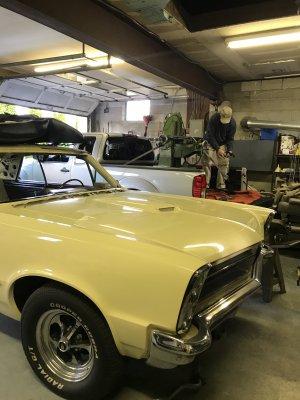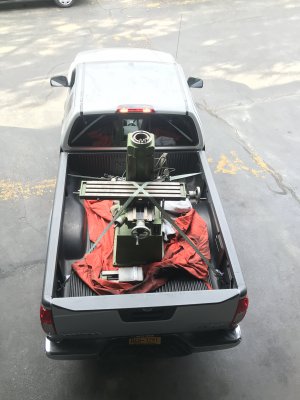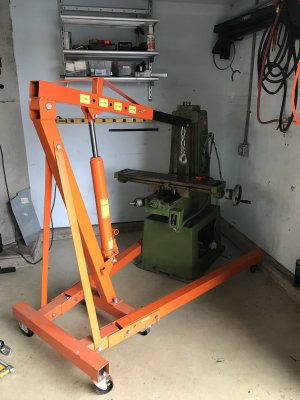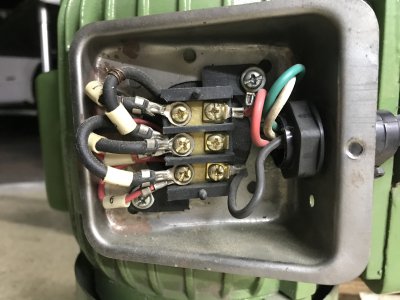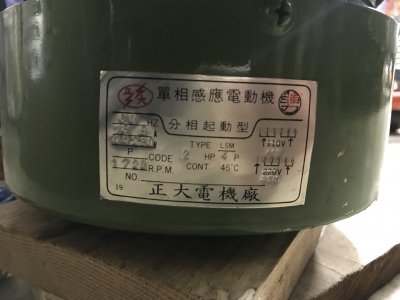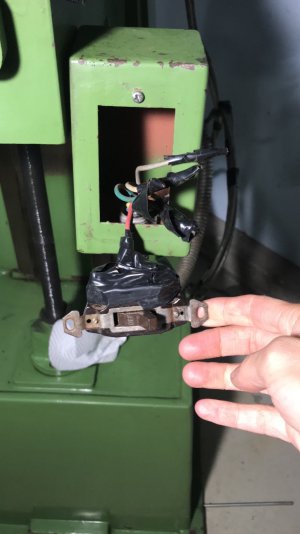I'd think at a minimum for collets you would want 1/4", 3/8" and 1/2" if you are planning on using them to hold end mills. Possibly 1/8" and 1/16" if you might use very small endmills. From what I've seen, unlike drill bits end mills tend to stick to common size shanks with the cutter undersize or even oversize in some cases. Anything with a shank over 1/2" will probably be too much for that mill, but there may be some exceptions where larger will be handy. Also don't cheap out on the collets, excessive runout will shorten the life of your endmills as well as reducing accuracy. Good thing for you it looks like you can get good quality R-8 collet sets fairly cheap, a lot less than the MT2 collets my mill uses.
You could also look at endmill holders. I use collets, but endmill holders are technically the correct tool for the job.
If you don't have one, a Noga arm (or similar) that can be held in the spindle of the mill is very useful for indicating the head and vise.
Noga flex holder
Also you will want a set of parallels to use with your vise, and an edge finder is helpful.
There are tons of nice to have things, but assuming you have the basic tools from your lathe, these are the main things I can think of to get you started with the mill.
Have fun, I have found that many of the skills from the lathe transfer to the mill, but the mill brings a lot more required learning. It is not just a lathe standing on end.

